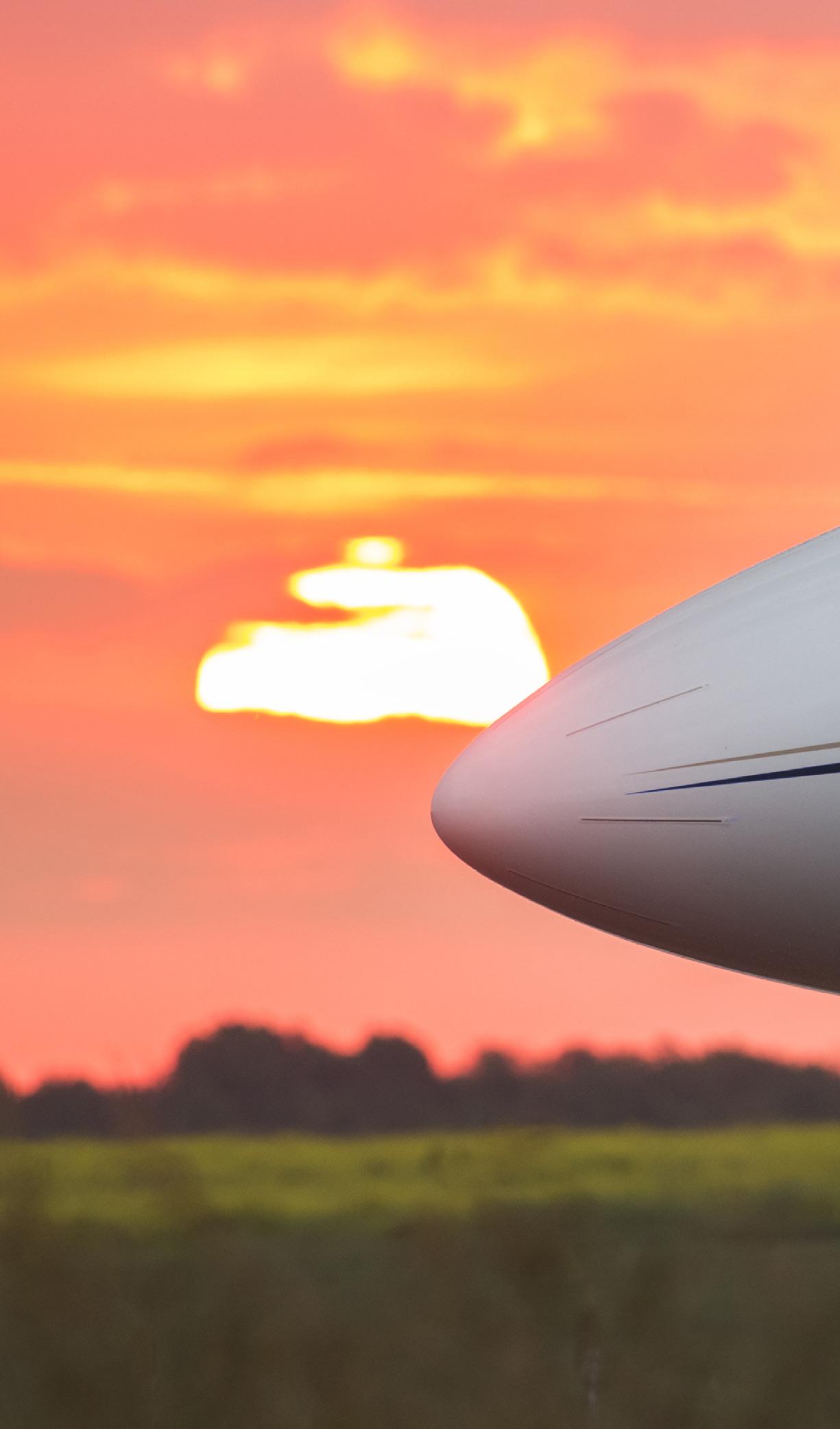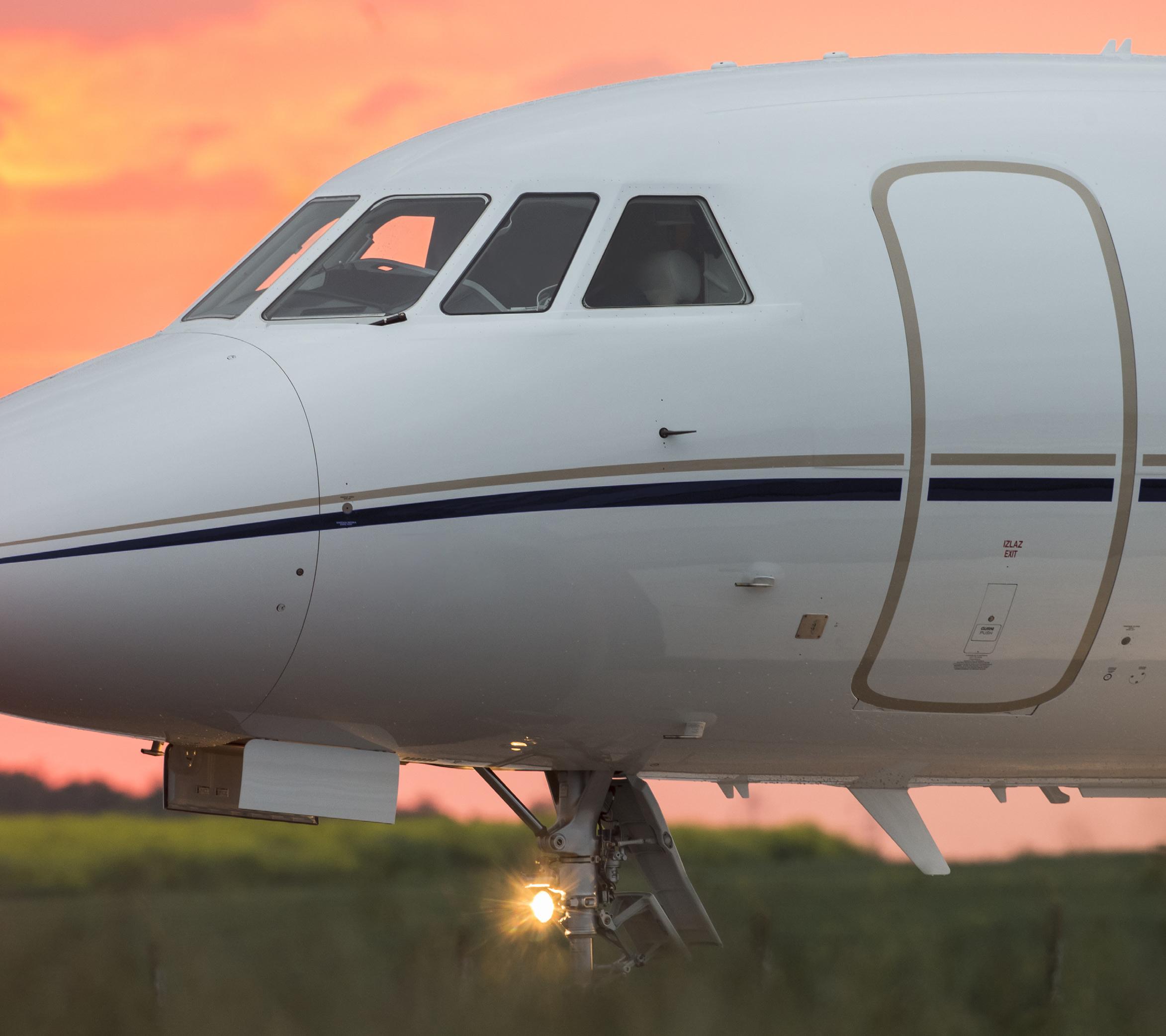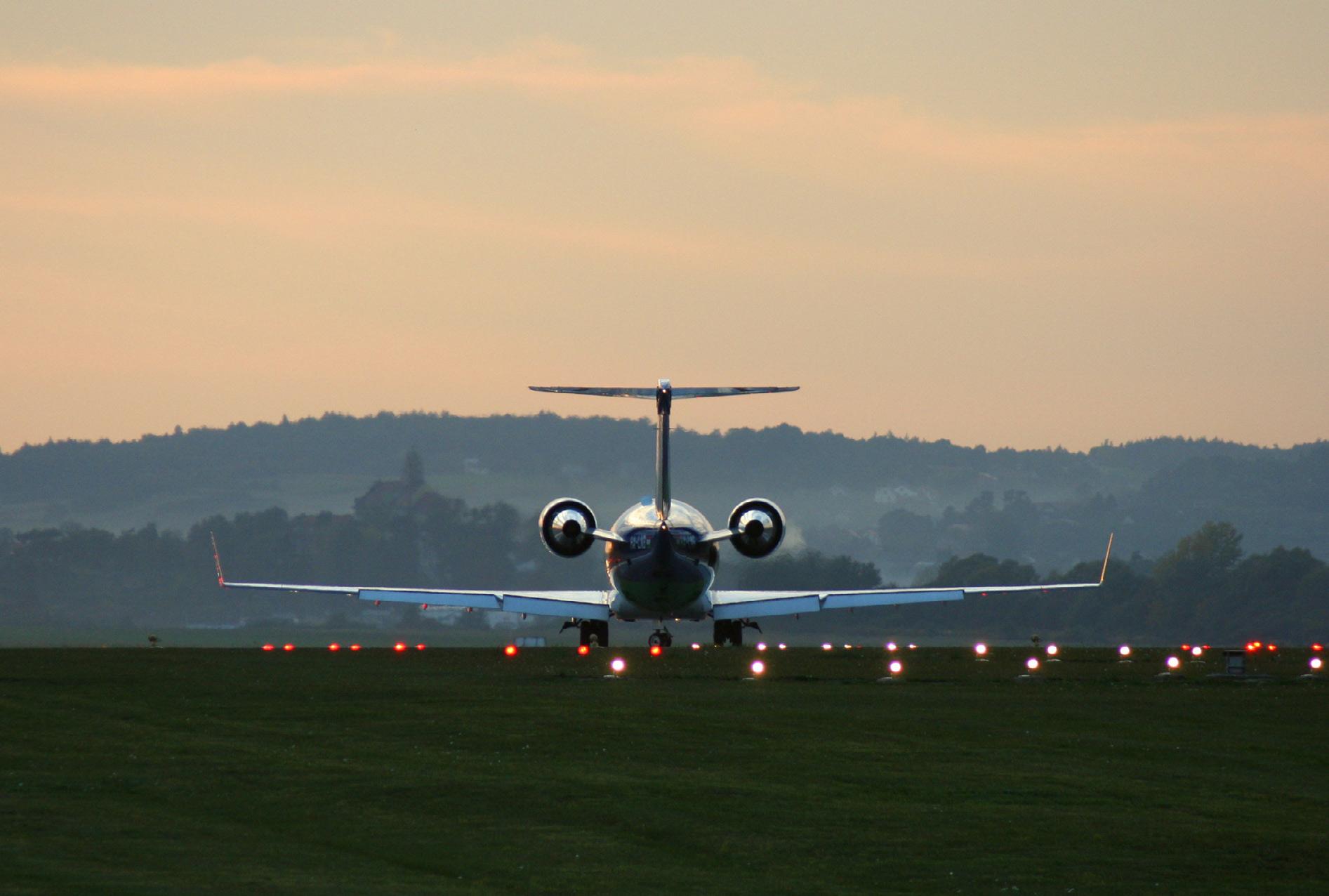
6 minute read
The Three Leading Reasons to Fly Private
The Three Leading Reasons to Fly Privately
With the stark differences between flying with the airlines and flying privately growing ever clearer, René Armas Maes considers the three leading reasons why passengers who value their time and wellbeing should consider using a private jet…
Advertisement
When the Covid pandemic drove many traditional airline users to find safer means of travel, to help ensure work and life generally continued as close to normal as possible, several turned to Business Aviation.
Many got more than they bargained for: Far from paying through the nose for an expensive luxury that, under normal circumstances, would be cost-prohibitive, those first-time users discovered a highly efficient travel option and became repeat users, and – subsequently – even first-time owners of business aircraft.
But what exactly are the benefits to flying privately that they discovered? Following, we’ll explore the three leading factors that are consistently ranked as the top reasons for using private jets… 1. Time Savings
Assuming there is no runway congestion, the average wait time between arriving at the FBO, boarding the aircraft, and take-off is 10 minutes. The same is true of landing and deplaning at the destination. This is simply incomparable to the airline terminals where security procedures and passport checking can amount to several hours at each end of the flight.
Time-savings are realized in more ways than one, though. For example, the cabin of an airline is not a productive work environment. Cabin crew interruptions, limited room, sharing the cabin with hundreds of others, and limited control over the cabin environment all erode a passenger’s ability to focus and be productive.

By comparison, passengers generally know those they travel with, have much greater control over their cabin environment – including lighting, temperature, and personal space when they fly privately.
They can also be assured optimal security when connecting to the airplane’s Wi-Fi and, depending on the connectivity installed on the jet, may have all of the functionality at their fingertips as they would expect in the office, ensuring time in the air isn’t wasted time.
In fact, a team of executives and middle managers can expect almost double the onboard productivity on a business jet compared to flying on a scheduled airline. To mathematically demonstrate Business Aviation’s time efficiency, a number of assumptions must first be made… • First, assume the number of people on board and the type of flying (for simplicity, let’s here assume a non-stop flight to a destination also served by a commercial airline). • Next, how productive/unproductive are those employees likely to be while flying? (As an example, aboard an airline service the team is able to work for just 30 minutes per flight hour due to interruptions and discomfort, whereas using Business Aviation the team is able to work the full 60 minutes per flight hour, less 10 minutes for taxi-in/out, and productive time adjustment during take-off and landing for the first and last hour of the flight). • Proceed to make an assumption of the flight time. In this example, let’s assume a five-hour flight.

TABLE A: Private Aviation vs. Airliner Onboard Productivity Comparison
!"#$%&'()&$'*+,-.-,/( 01-23,(4$*&( 5-67.( 7-&1-"8( 9$,%1(9-:8( 5-67.( 7-&1-"8&( ;)<( "! #$! %$! &$! '%(! #$(! ")&*! +! ""$! &$! "+$! ,+(! #$(! ")'%! %! "*$! ,$! "'$! ,-(! #$(! ")',! -! +%$! "+$! +-$! ,&(! #$(! "),+! #! +,$! "#$! %$$! ,*(! #$(! "),%!
Source: Consultant analysis
• Using these assumptions, Table A (above) shows an onboard productivity multiple of 1.9x in favor of
Business Aviation over an airline service, reached from the fourth flight hour onward.
This finding of the example depicted in Table A will further favor Business Aviation if a connecting hub needs to be used (if, for example, the final destination is not served by a non-stop airline service)
By analyzing the travel history of key executives, I have found that owing to the complexity of multipleday/multiple-location trips, the airline option often is not practical from a productivity, time savings, or cost perspective.
Likewise, when considering time savings and assessing the bottom-line contribution of Business Aviation, I’ve seen cases where a corporation was able to pay for their aircraft for an entire year because they were able to respond quickly to secure a top client or seal a deal with efficiency and timeliness that would simply not be possible on an airliner’s schedule. 2. Flexibility
In the US, private aircraft have access to over 5,000 airports (depending on the size and weight of the aircraft flown). By comparison, the airlines serve just 10% of that number.
Enhanced airport accessibility means Business Aviation can connect passengers with more destinations non-stop, while airports closer to their ultimate destinations are options, helping shorten trip-time and adding operational flexibility.
Aircraft that are capable of taking-off and landing on short runways open up even more remote and small community airports. In fact, more than 75% of Business Aviation flights fly to and from small communities that are not served by the airlines, according to the National Business Aviation Association.
Moreover, any change of plan en-route is likely to be accommodated when flying privately, and trips can be arranged at short notice while last-minute flight changes can be executed. Finally, unlike airlines, private aircraft wait for their passengers when they’re delayed, all of

which equates to a highly efficient, flexible form of transportation. 3. Privacy and Comfort
Confidentiality is also key for many private aviation users, whether they’re high net worth individuals, athletes, musicians, or corporations. In the case of a corporation, many organizations prefer to keep future strategic moves and partnership conversation under the radar as they proceed to evaluate cost synergies and work on the due diligence process.
Operating a private aircraft means executives can fly ‘private’ to any location, especially when discretion is key.
Indeed, operators can sometimes – under special authorizations – use a ‘call sign’ instead of the aircraft’s tail number, making it more difficult for competitors and media outlets to track their movement and estimated arrival time via real-time flight tracking platforms.
Traveling on a private jet helps those who need to preserve confidentiality around onboard negotiations and deal discussions. Business deals can be discussed without the fear of being overheard. And business jets tend to offer seating configurations which facilitate such discussions as though they were taking place in the office.
Conclusion
While there are reports that the airlines may start cutting capacity after the summer (generally between 5% to 15%), and while they continue to reshuffle their schedules to optimize passenger loads, users of their services can expect an increased focus on the inflexible hub-and-spoke system.
Although flight cancellations and delays seem to be a new normal as the airlines deal with a labor shortage, flying privately ensures users of private jets retain control of their time and privacy. What’s not to like about that? ❚
RENÉ ARMAS MAES
is vice president, Commercial at Jet Link International LLC and an international consultant with a broad experience in business aircraft sales. He has developed multiple analyses and studies for a number of US Fortune 500 companies and Venture Capital firms, and participated as keynote speaker at a number of business aircraft conferences.
UNDERSTAND AIRCRAFT UTILIZATION BETTER with AvBUYER.com










